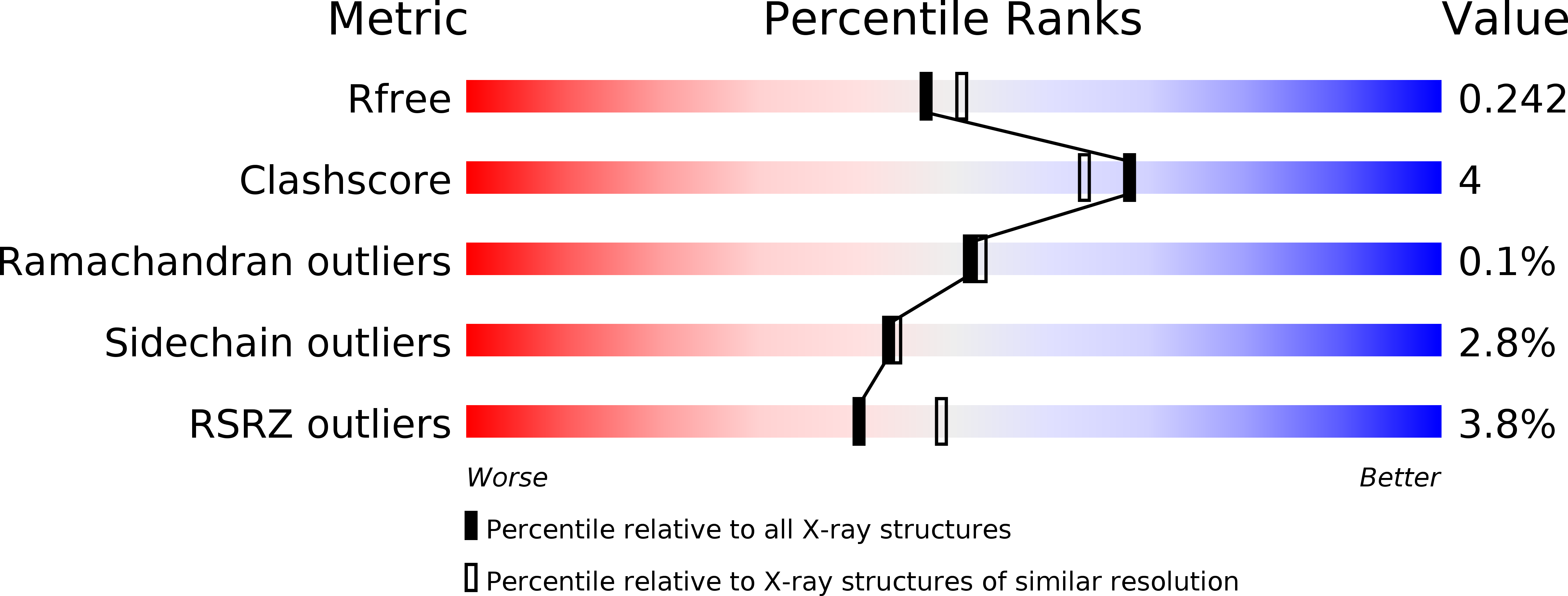
Deposition Date
2013-01-30
Release Date
2014-02-05
Last Version Date
2024-10-16
Method Details:
Experimental Method:
Resolution:
2.15 Å
R-Value Free:
0.24
R-Value Work:
0.19
R-Value Observed:
0.19
Space Group:
P 1 21 1


